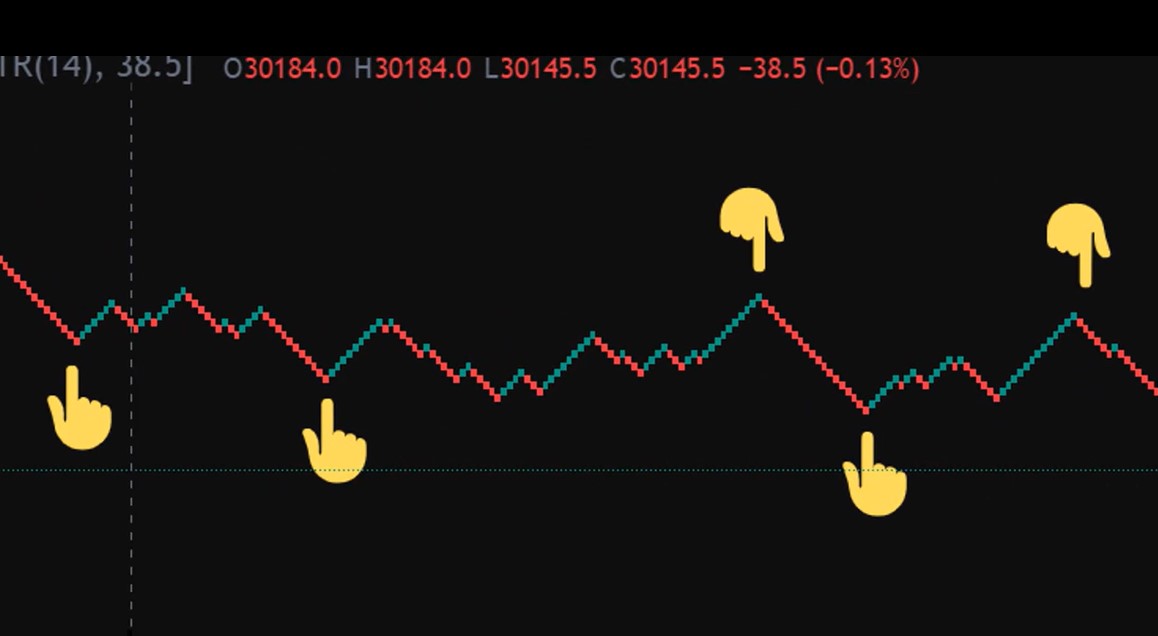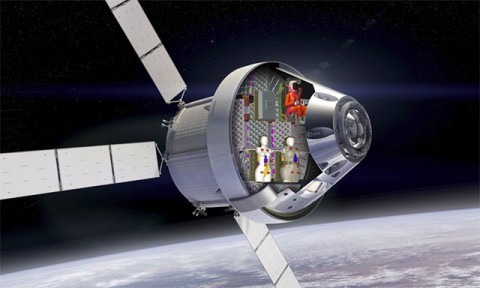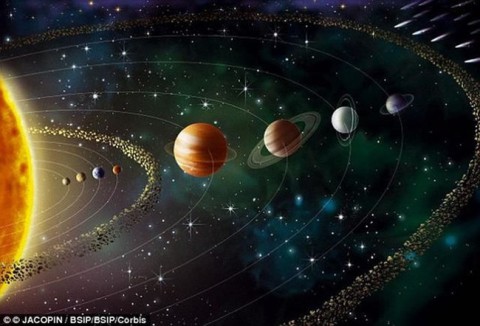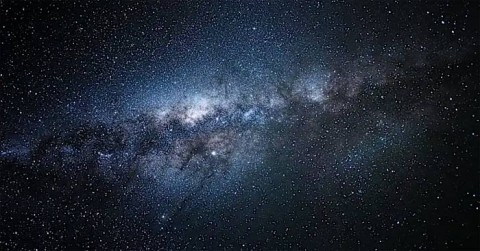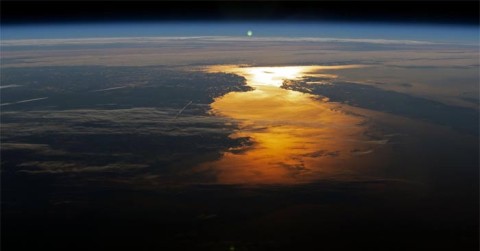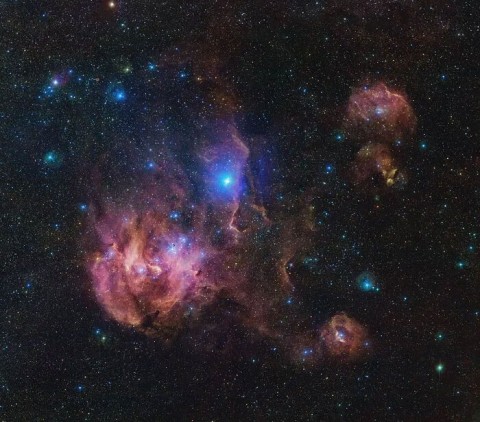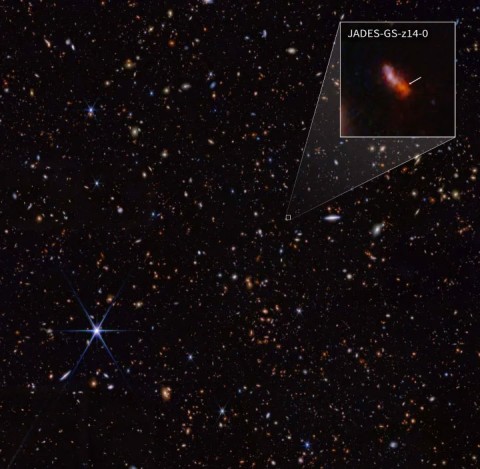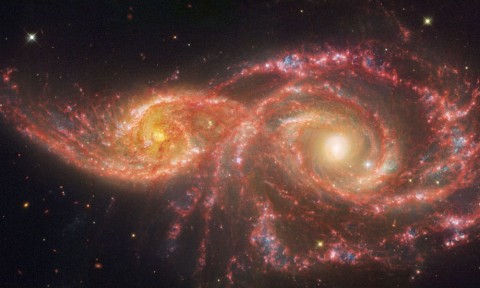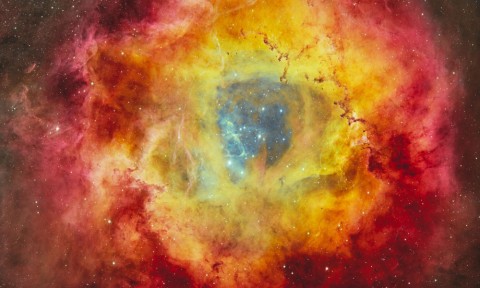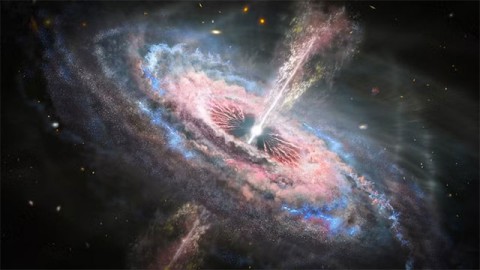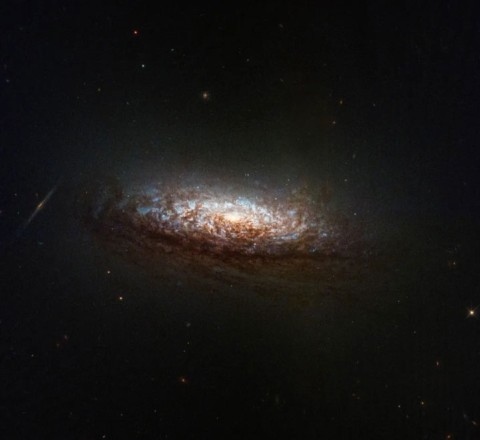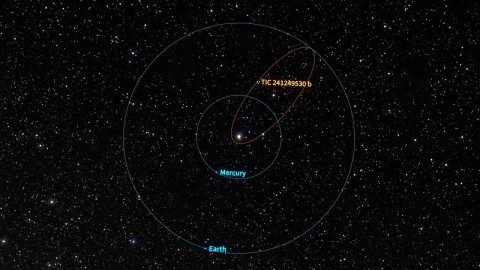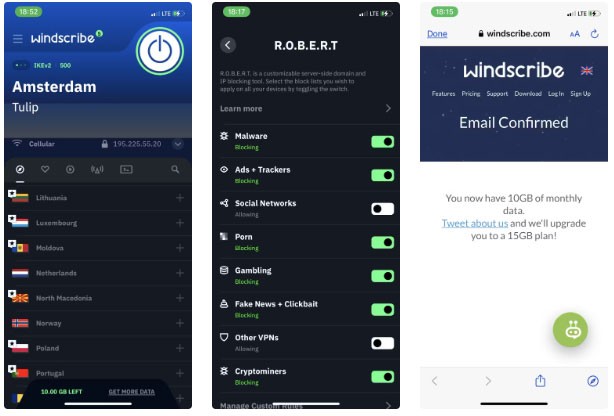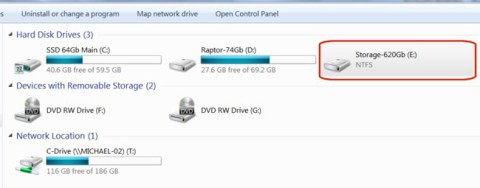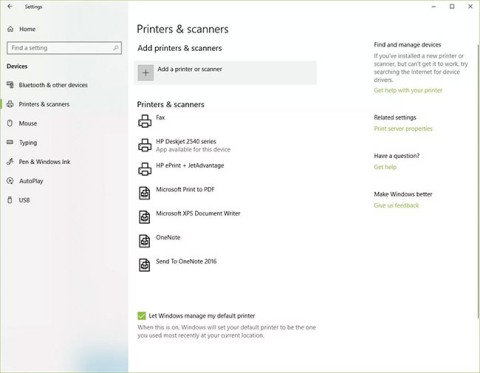On Earth, a compass always points north—but when you drift outside our planet's magnetosphere, things get more complicated. So which way does a compass point when you're off Earth ?
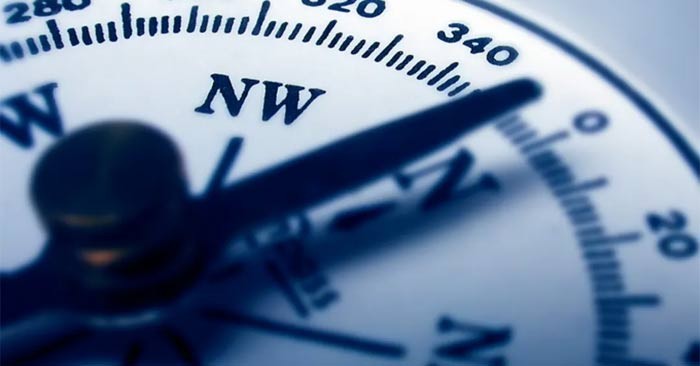
The first known compasses were made during China's Han Dynasty, between 300 and 200 BCE. These simple instruments were made from lodestone—a naturally magnetically charged mineral that, when suspended in midair by a piece of rope, naturally oriented toward the Earth's magnetic poles.
Although these magnetic stones were originally used for divination, their supernatural properties eventually proved to be an indispensable tool for those who explored the world. These compasses allowed sailors to navigate day and night, even when the sky was cloudy and other guiding lights, such as the North Star, were obscured.
The Earth itself is a magnet with two magnetic poles, like the magnets on your refrigerator, created by the interaction of the planet’s tilt, its rotation, and the motion of the molten metal at its core. A compass contains a small piece of magnetized material that is attracted to its opposite pole on Earth, which is located about 1,000 miles south of the geographic north pole, west of Canada’s Ellesmere Island. So even if you’re standing in the Southern Hemisphere, your compass needle will always point north.
Which way does a compass needle point in space?
The answer depends on where you are in space. Earth’s magnetosphere, the region around the planet where its magnetic force dominates, is thought to extend about 23,000 miles toward the sun and 230,000 miles away. As long as you’re within this region, your compass needle can still pick up Earth’s magnetic field and point you in the direction of that spot in Canada.
Beyond the outer edge of the magnetosphere, however, things get a little more complicated. That’s because Earth isn’t the only object in the solar system that generates magnetic force. Our moon and Mars do have magnetic fields, but they’re much weaker than Earth’s, meaning you’d have to get pretty close to either of them before they started to affect your compass direction.
If you travel further out into the solar system, your compass will likely point in the direction of one of two celestial bodies.
The first of these is Jupiter. Due to its high rotation speed (28,273 mph compared to Earth's 1,000 mph) and huge metallic hydrogen core (about 1.5 times the size of Earth), Jupiter's magnetosphere is stronger than any of our other neighboring planets, extending some 12 million miles around the gas giant.
The second of these is the sun, which has an even larger magnetosphere that encompasses the entire solar system. Unless you are in a planet's own magnetosphere, like that of Earth or Jupiter, your compass will point toward the sun.
It’s hard to say exactly which part of the sun is in which, because the position of its magnetic poles flips about every 11 years, as sunspots created during solar maximum cause its magnetosphere to realign itself. Earth’s magnetic poles also flip, but at a much slower rate, flipping every 30,000 years or so. The next reversal is expected to occur in the next few centuries.
Of course, while different celestial bodies will certainly affect your compass needle, this doesn't take away from the fact that traditional compasses are useless for orientation in space, where the compass holder can move in more directions than just north, south, east, and west.
That's why space agencies use special compasses called vector magnetometers, which measure not only the direction of a magnetic force but also its magnitude, making them more useful than their Earth-based counterparts.


